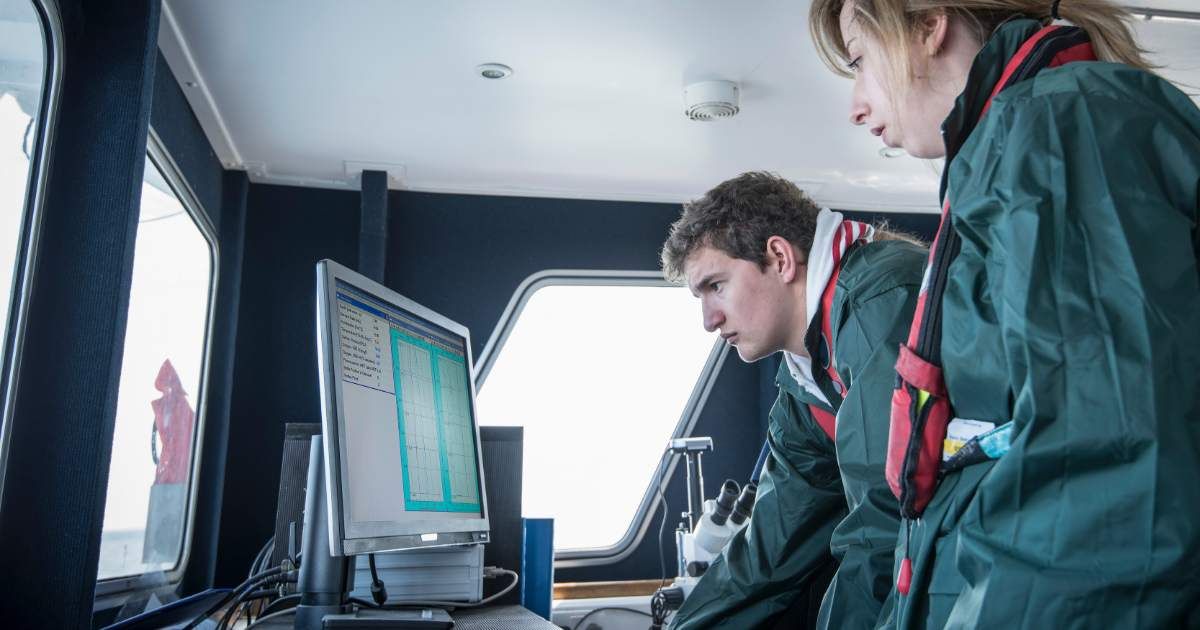Scientists Left Puzzled After Finding Billion-Year-Old Secrets Deep in the Pacific Ocean

Two Swiss geophysicists, Thomas Schouten and Andreas Fichtner, felt something odd about Earth's interior when they investigated the Pacific Ocean at a depth of 1796 miles, as reported by ETH Zurich's press release. Dubbed the Pacific Ring of Fire, the region displayed an unexpected geology with tectonic plates sitting in locations where they didn’t belong. “Is there a lost world beneath the Pacific Ocean?” they wondered. An idea they elaborately documented in a study published in Scientific Reports.

The typical approach of “mantle exploration” involves studying seismic waves. Tectonic plates, which sit like the pieces of a jigsaw puzzle in Earth’s crust and uppermost mantle, are often engaged in restless clashes, triggered by the unseen forces like gravity and heat churning within the mantle. As these forces push and pull from the inside, the interactions between the plates tend to turn violent and lead to skirmishes. Oftentimes, they crash into each other. Their collision spits bursts of energy that give rise to seismic waves that travel from the epicenter and reverberate into the surroundings, depending on their intensity.

Scientists and geologists exploring the mantle often study these seismic waves to track the positioning of tectonic plates and what drama unfolded among them in recent history. However, this travel-time seismic tomography has certain limitations. It is strongly dependent on the source-receiver geometry. The positioning of the seismic stations, coupled with uneven ridges and bumps within the Earth’s crust, can often lead to inaccurate data, which can deceive the observing scientists.

To overcome these limitations, the Swiss geoscientists employed a new model to study the mantle this time. Called “full-waveform inversion,” the method uses the “speed of waves” to analyze the seismic activity with the help of Piz Daint supercomputer, known to provide more accurate readings. The analysis they conducted in the Pacific revealed a noteworthy mystery lurking in the dark depths. Some lonely tectonic plates were found to be sitting in places where they didn’t belong. These plates were straddling the colder portion of the mantle, under large oceans, far away from plate boundaries.

The plates appeared to be crafted with a type of mineral makeup, which made scientists think that they had been lying untouched ever since Earth was born about 4 billion years ago. Since there was no previous geological evidence of a subduction zone in this part of the Pacific, they could also be primordial silica-rich pockets preserved from the ancient period of Earth’s evolution. Another possibility suggested that they were clusters of iron-rich rocks separated from the rest of the rocky material inside the mantle. The true story, however, was still a mystery.

"That's our dilemma. With the new high-resolution model, we can see such anomalies everywhere in the Earth's mantle. But we don't know exactly what they are or what material is creating the patterns we have uncovered," Schouten, who’s also the lead author, confessed in a press release. Ancient leaders said that the road to a great discovery is always rough and bumpy. And this bumpy, undulating trail of newly-detected tectonic plates promises remarkable insights into the mantle’s interior dynamics, as long as the geophysicists continue to investigate the mystery.
More on Green Matters
Researchers Are Worried a New Ocean and Continent Could Appear on Earth Faster Than We Thought
How Did Water Arrive On Earth? Scientists Believe They Finally Have an Answer
Scientists Split Open a 2-Billion-Year-Old Rock — What They Found Inside Was Just Incredible